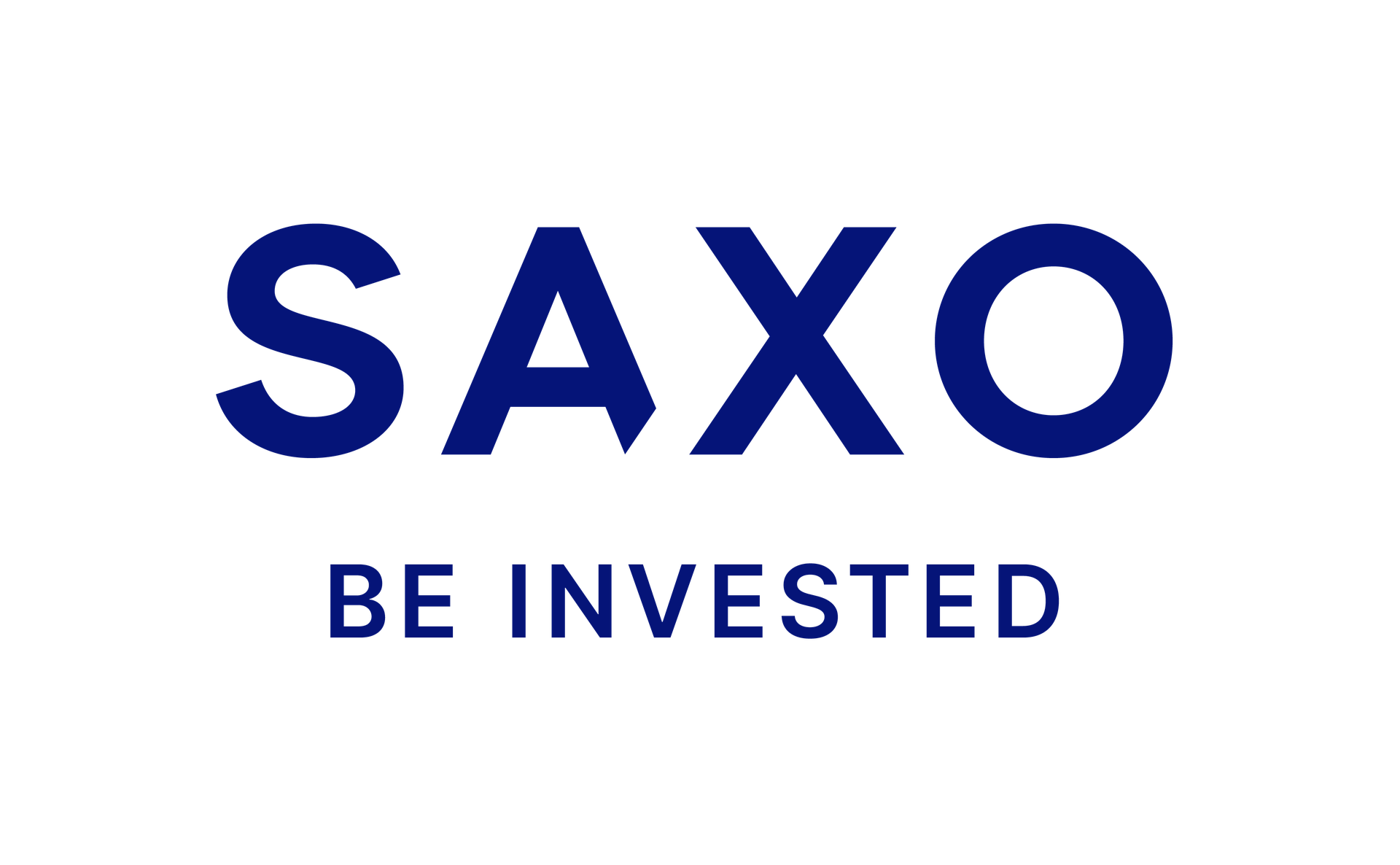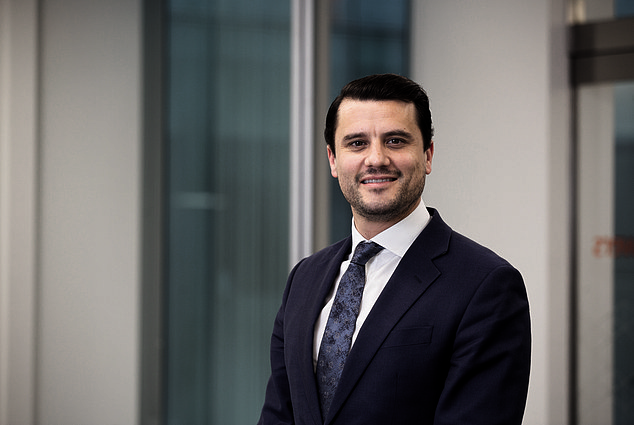Roughly 1.3 billion people live in Sub-Saharan Africa, but telecoms industry data suggests more than half of them lack a subscription to mobile services.
Industry group GSMA forecasts that penetration will break the 50 per cent mark this year, propelled by the liberalisation of the telecoms sector and competition to drive prices lower.
FTSE 250-listed Helios Towers has been at the coalface of this expansion, which has helped to deliver ten years of consecutive, double-digit adjusted EBITDA growth.
The group builds, owns and operates telecoms infrastructure for mobile network operators in Africa and the Middle East, with customers including Airtel Africa, Vodafone, Orange and Axian.
It is the market leader in seven of the nine countries it operates in, with a 30 to 60 per cent market share.
Helios, which owns more than 14,000 towers across the Middle East and Africa, finally turned cash flow positive last year and management is now looking to return cash to investors for the first time from 2026 via dividends or buybacks.

Overseeing growth: Chief executive of Helios Towers, Tom Greenwood
Boss Tom Greenwood told This is Money: ‘It’s a very exciting time for the business and investors.
‘Our markets are amongst the lowest penetrated in the world from a mobile usage perspective.
‘And growth rates in our markets are the highest anywhere in the world, with mobile subscribers growing at mid to high single digits each year, and data consumption booming exponentially.
‘Over the next five years, data usage is going to quadruple across our region, and all of that drives the need for more and more mobile infrastructure, which is what drives our revenue.
‘We have the operational capabilities to deliver significant value, both for our customers and also our investors.’
Strategy shift
Helios delivered 13.8 per cent year adjusted earnings growth for 2024 at $421million, which it expects to swell to $460million to $470million this year.
It comes as Helios embarks on its new ‘2.2x by 2026’ strategy, which sees less investment on new towers and a renewed focus on tenancy growth via ‘colocation’ – or signing up multiple tenants to the same tower.
Helios expects 2,000 to 2,500 tenancy additions this year, maintaining its tenancy ratio at 2.1x with the aim of meeting its 2.2x target in 2026.
Analysts at Berenberg say: ‘In our view, the group can generate outsized incremental returns on capital, as it increases the utilisation of towers (more tenants per tower), generating significant operating leverage.’
Helios looks to smooth returns though the use of power and inflation escalators, meaning customers will pay more as costs go up.
The group also makes efforts to guard itself from volatility in local currencies like Nigeria’s naira, with roughly 70 per cent of its earnings in hard currencies like the US dollar.
Analysts at Deutsche Bank say tenancy growth remains the ‘predominant driver of growth’, as Helios has ensured it is ‘well insulated’ from inflation and FX risks.

‘Mobile is often the only form of communication that people have available in Sub-Saharan Africa
‘Essential’ service in times of conflict
Among concerns highlighted in a recent earnings call following Helios’ annual results, investors grilled management on the implications of conflict on the African continent.
Investors singled out recent fighting the Democratic Republic of Congo (DRC), where Helios towers has a strong presence.
But Greenwood is relaxed about the potential impact on Helios.
He said: ‘Mobile services are essential anywhere in the world, but perhaps even more so in Africa because there’s very little fixed line or fibre.
‘Mobile, very often, is the only form of communication that people have available and that must continue.
‘We’ve operated now for 15 years, and we’ve been in DRC for nearly all of that time.
‘Services continue through any situation… for the millions of people in those locations, as well as the humanitarian services, NGOs… anyone who needs our services’.
Investors may also raise eyebrows at net debts of more than $1.7billion, but Helios is making steady progress on this front too.
Helios’ net leverage ratio is now down to 4x, down by 0.4x year on year, and it is expected to fall to 3.5x and 3x in 2025 and 2026, respectively.
Greenwood said: ‘As a telecom towers business you have long-term customer contracts, which have very predictable and resilient cash flow streams.
‘Typically in this industry, you see leverages around the world in these businesses of anywhere between 3x to 8x. And we’re towards the lower end of that, which we’re very comfortable with.’
Helios Towers shares had added more than 15 per cent over one-year before the tariff-induced market turmoil of April.
They have now added just 0.2 per cent since the start of the year and have lost roughly 30 per cent over the last five years.
Currently trading at 94.5p, analysts see a lot of upside for Helios shares.
Berenberg holds a Helios Towers target price of 175p, suggesting upside of roughly 85 per cent.
Meanwhile, Deutsche Bank has an even more bullish target of 255p.
DIY INVESTING PLATFORMS

AJ Bell

AJ Bell
Easy investing and ready-made portfolios

Hargreaves Lansdown

Hargreaves Lansdown
Free fund dealing and investment ideas

interactive investor

interactive investor
Flat-fee investing from £4.99 per month

Saxo

Saxo
Get £200 back in trading fees
Trading 212
Trading 212
Free dealing and no account fee
Affiliate links: If you take out a product This is Money may earn a commission. These deals are chosen by our editorial team, as we think they are worth highlighting. This does not affect our editorial independence.
Some links in this article may be affiliate links. If you click on them we may earn a small commission. That helps us fund This Is Money, and keep it free to use. We do not write articles to promote products. We do not allow any commercial relationship to affect our editorial independence.
This article was originally published by a www.dailymail.co.uk . Read the Original article here. .

